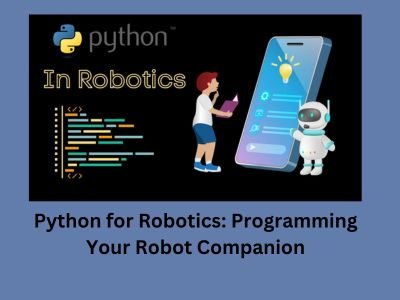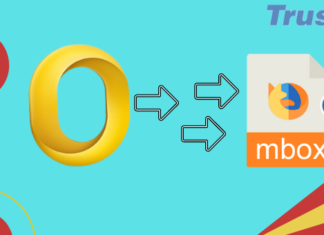Introduction
The fusion of Python and robotics is reshaping the way we interact with technology. Robotics, once confined to industrial settings, has made its way into our daily lives, thanks to the versatility and accessibility of Python. In this article, we’ll explore how Python is driving the robotics revolution, making it possible for developers and enthusiasts to program their robot companions.
Python’s Role in Robotics
Python’s adoption in the field of robotics can be attributed to several key factors:
Simplicity and Clarity: Python’s clean and readable syntax makes it an ideal language for both beginners and experts. When dealing with the intricacies of robotics, clarity is of paramount importance.
Extensive Libraries: Python boasts a rich ecosystem of libraries and frameworks that simplify complex robotics tasks. Libraries like ROSPy (Robot Operating System for Python) provide essential functionalities for robot control, perception, and navigation.
Platform Independence: Python’s cross-platform compatibility allows developers to write code on one system and run it on various robot hardware, irrespective of the operating system.
Community and Resources: Python’s large and active community offers extensive resources, forums, and support for those venturing into the world of robotics.
Integration with Hardware: Python can interface seamlessly with a wide range of sensors, actuators, and hardware components, enabling robots to perceive and interact with their environment.
Common Applications of Python in Robotics
Robotic Control: Python is used to develop the control software that manages the movement and behavior of robots. This includes controlling robot arms, drones, and autonomous vehicles.
Perception and Sensing: Python is employed in the development of perception systems that allow robots to understand their surroundings through cameras, LiDAR, and other sensors.
Path Planning and Navigation: Python is utilized for creating algorithms that enable robots to navigate through complex environments, avoiding obstacles and reaching their destinations.
Machine Learning and AI: Python’s robust machine learning and artificial intelligence capabilities empower robots to learn and adapt to changing conditions, enabling tasks like object recognition and autonomous decision-making.
Human-Robot Interaction: Python is used in the development of natural language processing and speech recognition systems, making it possible for robots to interact with humans through voice commands and conversations.
Python-Powered Robotics Projects
ROS (Robot Operating System): ROS is a flexible framework for writing robot software. It provides tools and libraries for tasks like hardware abstraction, device drivers, communication between processes, package management, and more.
OpenAI’s Gym: Gym is an open-source platform that offers various environments and benchmarks for training and testing reinforcement learning algorithms. It’s a valuable resource for developing intelligent robot agents.
PyRobot: Facebook’s PyRobot is an open-source Python library that provides a high-level interface for various robot platforms. It simplifies the process of training and deploying robotic systems.
TurtleBot: The TurtleBot is a popular robot platform for education and research. It’s designed to be affordable and user-friendly, making it an excellent choice for Python-based robotics projects.
Future of Python in Robotics
As robotics continues to integrate into our daily lives, Python’s influence will only grow. The use of Python in the robotics industry is expected to expand into areas like healthcare, education, and consumer electronics. The future holds the promise of more advanced and autonomous robots powered by Python, with a broader range of applications.
Conclusion
Python’s role in the field of robotics is revolutionizing the way we interact with machines. Its simplicity, extensive libraries, and integration capabilities have made it a go-to language for robot programming. Whether you’re an aspiring roboticist or an enthusiast looking to program your robot companion, Python offers a powerful and accessible tool to bring your robotic visions to life. The fusion of Python and robotics is shaping a future where robots are not just tools but our companions in various aspects of life. To embark on your journey in Python and robotics, consider enrolling in the best Python course in Varanasi , Hisar, Kurukshetra and all locations in India and explore the endless possibilities of this dynamic field.





